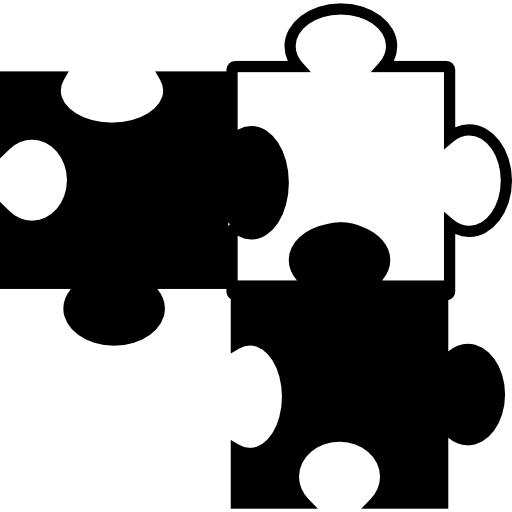Honest question: isn’t the most vulnerable “part” of a train its tracks? I mean, either those were armored too, or all it took to stop this beast was blowing up the tracks somewhere along the route…?
Derailing a train by tearing up or blowing up the tracks is an age-old trick, and it definitely worked on armored trains as well. But train operators are supposed to look out for that sort of thing and throw the brakes before hitting a patch of missing track.
Armored trains were MOST useful for protecting regular transport, like supplies or troops ferried back and forth near an at-risk area just behind the front lines - a normal train that gets spotted by an enemy plane, for example, is in for a world of hurt - an armored train might not even be worth the time (and exposure to anti-air guns) to try.
I’d imagine the people wouldn’t want to destroy their own infrastructure to stop the train. Though they could rebuild, maybe the people felt that it’d hurt them more than the Japanese?
And maybe the Korean people were taking pot shots at trains before they were armoured (which again, wouldn’t damage their infrastructure).
All just speculation here though.
the view may have been “if you blow up the tracks you can’t use it either” but i have always wondered this. even today you still see armored trains but in “peace” time you probably have to worry less about sabotage of the tracks and more for surviving ambushes



